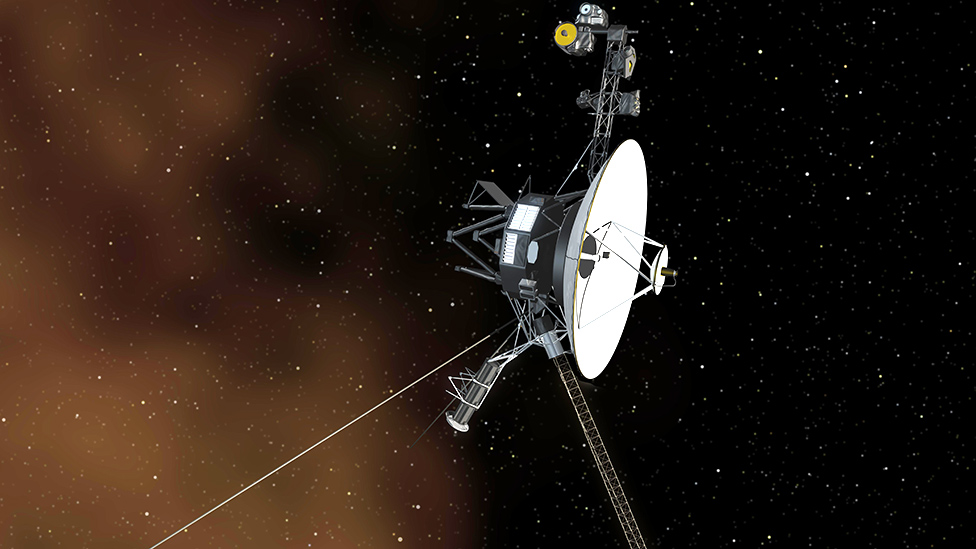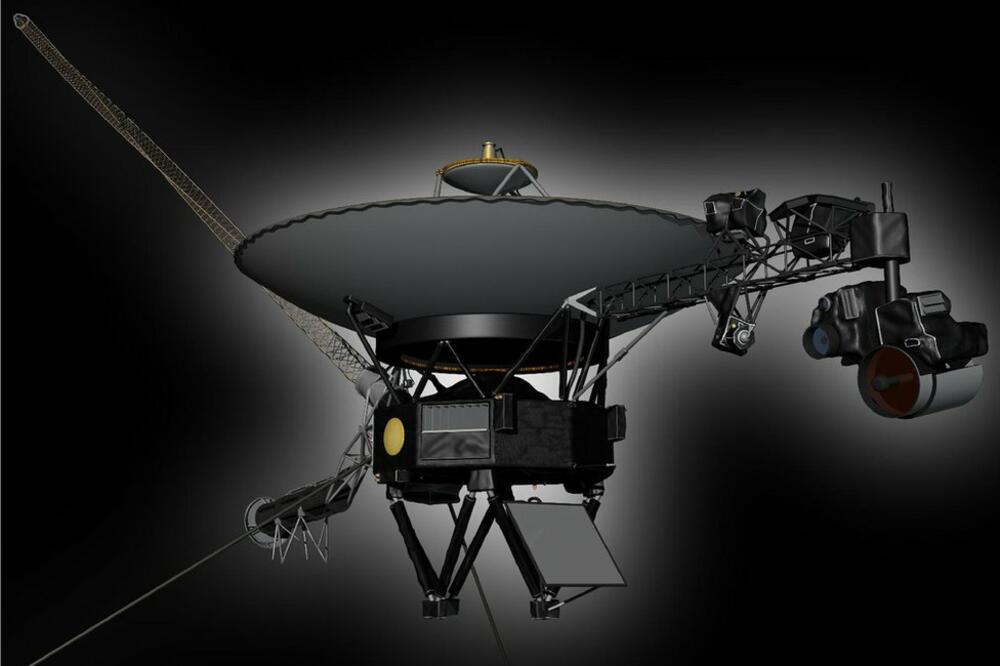Usable data from the Voyager-1 spacecraft is reaching Earth again after months during which the signals seemed like nonsense, according to the American space agency (NASA).
This flying object, launched 47 years ago, is considered the farthest spacecraft from Earth.
A computer error halted the flow of readable data in November, but engineers were able to resolve the issue.
For the time being, Voyager was sending only usable data about the spacecraft's system, but more work is needed to reconnect the science instruments.
That spacecraft is more than 24 billion kilometers from our planet, which means that it takes 22 hours and 30 minutes for radio messages to reach Earth.
"The Voyager 1 spacecraft is returning us usable data about the health and condition of the engineering systems inside it," says NASA.
"The next step will be to enable her to start sending us scientific data again," they add.
- A "question mark" in the sky that troubles scientists
- If there is a ninth planet, why hasn't anyone seen it?
- NASA spotted "signs of life" from Voyager, the spacecraft that mistakenly lost contact with Earth
Voyager 1 was launched in 1977 with the goal of visiting planets farther from the Sun, but after that it just continued its flight.
In 2012, it passed the band of gas emitted by the Sun, which is also known as the heliosphere, and is now in interstellar space, where there is gas, dust and magnetic fields from other stars.
The recent problems with this old aircraft were caused by a chip failure.
It prevented Voyager's computers from accessing key components of the software code that packages information before sending it to Earth.
For a while, the experts were unable to figure out what was wrong with the craft, although they knew it was still receiving their commands and, apart from the inability to send feedback, was functioning normally.
The problem was resolved by moving the code to another location in the aircraft's computer memory.
- What the first photos of the "dark universe" from the Euclid telescope reveal
- Ringed Neptune: The James Webb Telescope's New Masterpiece
- A Spectacle in Space: Image of a Dying Star Captured by the James Webb Telescope
Just a few days before Voyager-1, the related spacecraft Voyager-2 was launched.
The main goal of scientists was to observe the planets Jupiter, Saturn, Uranus and Neptune, which was achieved in 1989.
The spacecraft are then directed into distant space in the general direction of the center of the Milky Way, our galaxy.
They are powered by radioisotope thermoelectric generators (RTG), which obtain electricity through the heat produced by the decay of plutonium.
The continuous process of destruction causes the generators to produce slightly less electricity each year.

It is not yet known how long these spacecraft will be able to survive in space, but scientists have always found a way to ensure a few more years of their functioning.
Voyager-2 trots slightly behind Voyager-1 and moves slightly slower.
It is located a little more than 20 billion kilometers away from Earth.
Although both spacecraft are moving at a speed of more than 15 kilometers per second, they will not reach the next star for tens of thousands of years.
See also this story:
Follow us on Facebook, Twitter, Instagram, YouTube i Viber. If you have a topic suggestion for us, please contact bbcnasrpskom@bbc.co.uk
Bonus video:




